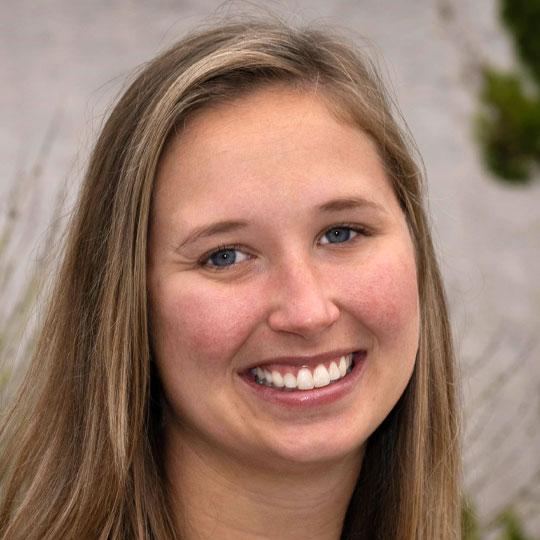New and Upcoming Exploration Labs
New Exploration Labs Available Now
Chemistry in Color (Grades 6-8): Chromatography is a technique used to separate solutions for use in medicine, materials science, pharmaceuticals, and more. In this session, students will perform a chromatographic separation of food dyes using specialized lab equipment. They will explore different ways to improve the separation and apply these skills in alternate experiments. Click here to learn more or book this program.
Concentrations & Dilutions (Grades 9-12): Students will explore chemical concepts using spectroscopy. They will learn the difference between absorbance and reflectance, create dilutions for a standard curve, and plot their data to determine the concentration of an unknown solution using Beer’s Law. Students will use critical laboratory equipment such as micropipettes and spectrophotometers. Click here to learn more or book this program.
Chromatography & Spectroscopy (Grades 9-12): Chromatography and spectroscopy are key techniques in analytical chemistry, widely used to separate and identify chemical substances in fields like medicine, materials science, and pharmaceuticals. In this lesson, students will use specialized lab equipment to separate food dyes through chromatography. They will then analyze their results by measuring the absorbance of each dye using a spectrophotometer, allowing them to quantify the effectiveness of their separation. Click here to learn more or book this program.
Introduction to Quantum Computing (Grades 9-12): What is a quantum computer, and how does it differ from the classical computers we use every day? How does it process information, run algorithms, and perform calculations? And why is quantum computing considered a transformative technology for the future? Explore the answers to these compelling questions through interactive, hands-on activities designed to introduce students to the fascinating world of quantum computing. Click here to learn more or book this program.
Coming Soon
Click here to sign up for alerts when any of the programs below become available for booking.
What is AI? (Grades 6-8) Students will participate in an exploration of what is meant by artificial intelligence and how it can be used for science. Detailed description coming soon.
Introduction to Machine Learning and Artificial Intelligence (Grades 9-12): What is machine learning? What is AI? And how do these technologies affect my everyday life? To address these questions, students will perform a hands-on sorting algorithm to classify images as an introduction to machine learning and artificial intelligence. Then, they will use the coding language Python for analyzing large data sets via machine learning techniques and apply a confusion matrix to check the accuracy of their Python algorithm.
Radioactive Decay Modelling (Grades 9-12): Radioactive decay, the process of atomic nuclei releasing ionizing radiation and transmuting, is both a natural and manmade phenomenon with many useful applications to the Department of Energy and nation as a whole. From space exploration to medical applications, from clean energy to national security, understanding the process by which the power of atoms can be harnessed is essential. In this lesson, students will model radioactive decay chains using Python applications and explore how decay modes and half-lives provide insight into possible uses.
Tracking Invisible Energy - Radiation Detection 101 (Grades 9-12): Nuclear chemistry and radiation are extremely important parts of science and technology today. Radioactive (radiative) atoms are used to sterilize food and medical equipment, develop medicines and treat cancer, provide scanning capabilities for safe traveling and construction, and generate clean renewable energy. One of the most common uses is in-home smoke detectors to provide early warning for fires and carbon monoxide releases. Using specialized tools, students will safely simulate how radioactive materials are handled, measured, identified, and shielded.
Do you have an idea for a new Exploration Lab that you would be interested in seeing at BNL?
Click here to fill out a quick form about your idea!





